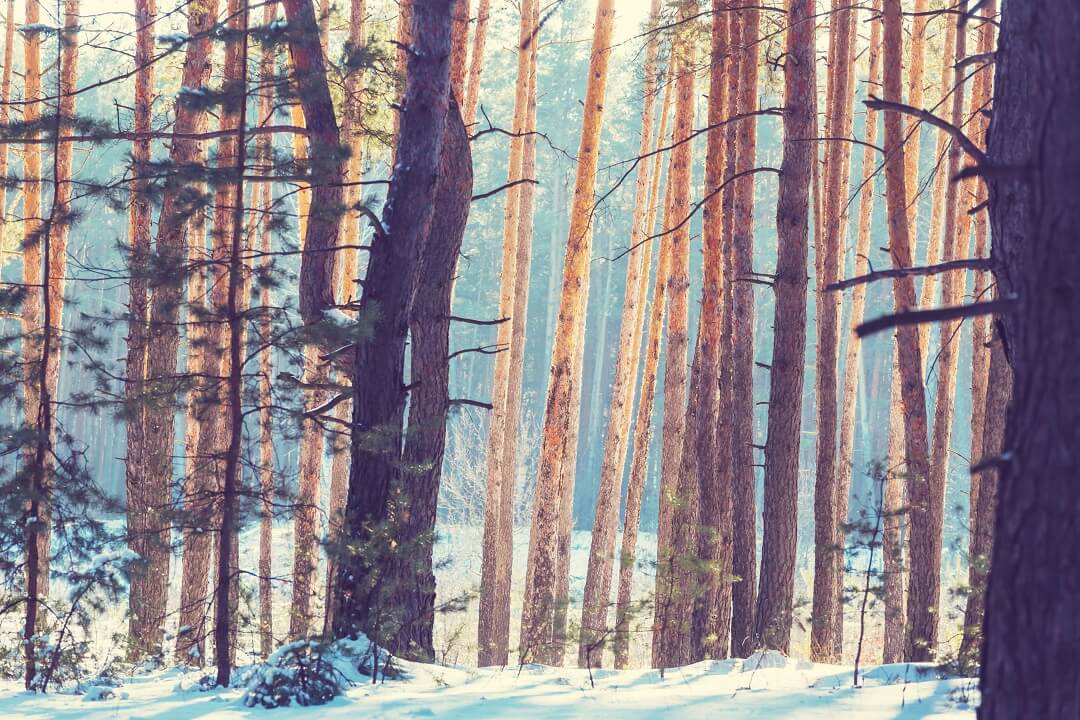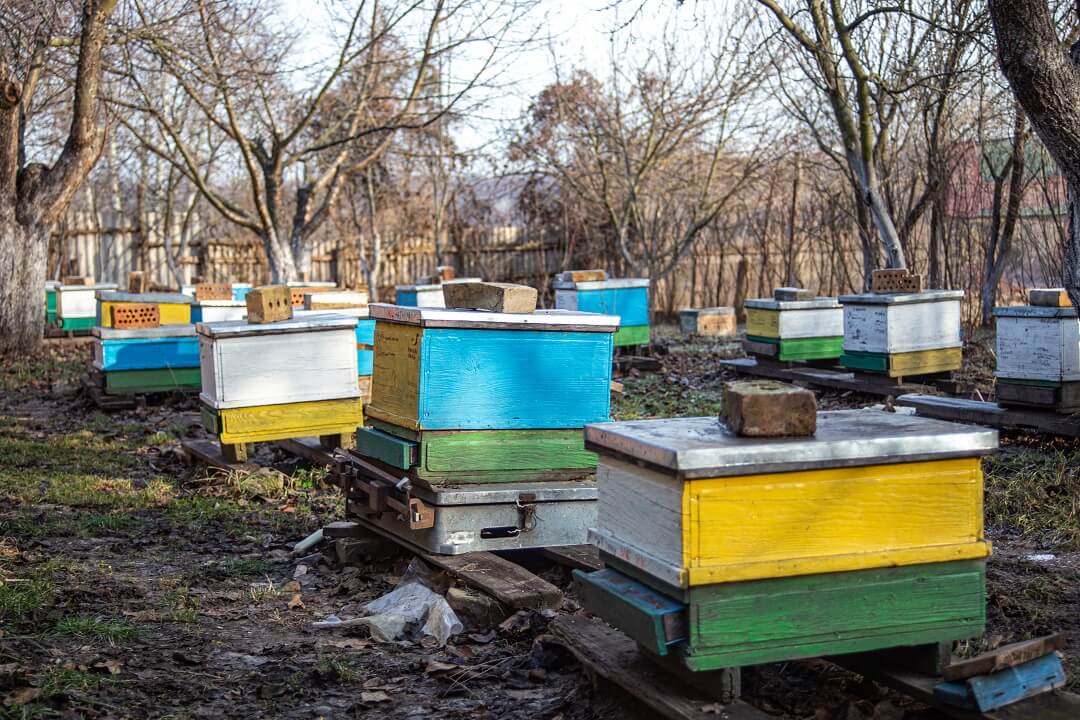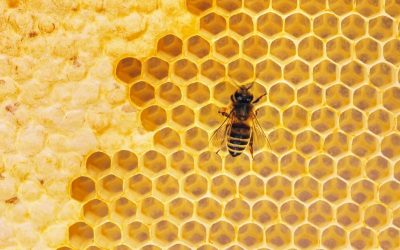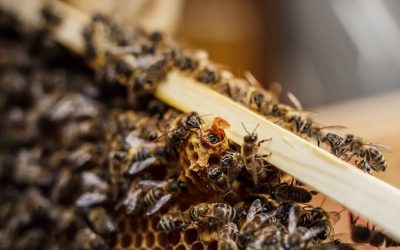Beekeeping during winter months requires special attention and knowledge. Winter is often considered the most challenging time for both honeybees and beekeepers. It is essential to understand the unique behaviors of honeybees during this season and learn how to effectively manage hives in cold weather.
In this comprehensive guide, you will learn about the fascinating ways in which honeybees adapt and survive the cold months. We will delve into the critical concept of cluster formation, how honeybees regulate the temperature within the hive, and the role of honey consumption for energy. Furthermore, you’ll discover the importance of preparing your hives for winter and the practical steps to take in late summer and autumn. This guide will equip you with the knowledge to effectively manage your hives, including insulating techniques, monitoring, and feeding during winter. Lastly, we’ll discuss the transition from winter to spring and answer frequently asked questions.
Now, let’s take a deeper look into what happens to bees during the winter months and how you can prepare and manage your hives to ensure they make it through to spring in good health.
What happens to bees in winter
Honeybees are marvels of adaptation, particularly when it comes to surviving the winter months. Unlike some insects that migrate or hibernate, honeybees continue to remain active, albeit at a slower pace, throughout the winter. In the wild, they have developed sophisticated strategies to endure the cold, and understanding these is crucial for the modern beekeeper.
Central to a honeybee colony’s winter survival is the formation of what is known as a winter cluster. As temperatures drop, bees in the hive gather around the queen, forming a tightly packed ball or cluster. The bees on the outer edges of the cluster act as insulators, keeping the queen and the young bees in the center warm. As the outer bees get cold, they push into the middle of the cluster while others take their place, maintaining a constant circulation and heat distribution within the cluster.
This cluster is more than just a huddle; it’s a dynamic, temperature-regulating marvel. The bees can raise the temperature by vibrating their flight muscles, essentially shivering, a process that requires significant amounts of energy. This energy source is their honey reserves, which they diligently collect during the summer months. The bees can consume up to 30 pounds of stored honey over winter, turning it into much-needed heat.
Importance of winter preparation
The behaviors and physiological changes that honeybees undergo during winter underline the importance of thorough preparation by the beekeeper. Without ample honey reserves, for example, bees cannot generate the heat needed to survive. Thus, maintaining these reserves is paramount, and beekeepers must ensure that their hives have enough honey before the onset of winter.
Furthermore, winter poses a significant risk of colony collapse if not properly managed. A hive that is too cold, too wet, or infested with parasites will struggle to survive the winter, potentially leading to the loss of the entire colony. In this regard, the beekeeper becomes a vital player in the hive’s health during winter, taking on roles of both caretaker and protector.
Preparing the bees for winter
Winter preparation should ideally begin in late summer or early autumn. The first step is to check the hive’s honey reserves. A strong colony will typically need between 50 and 60 pounds of honey to make it through winter. If reserves are low, supplemental feeding might be required using a sugar syrup mixture.
Assessing bee health is the next crucial step. Diseases and pests can devastate a hive during winter, and many of these problems begin to show in the late summer or fall. Regularly check for signs of Varroa mites, Nosema (a parasitic fungus), and American foulbrood disease, among other potential issues. If you find signs of these ailments, consult local beekeeping resources or a professional for guidance on treatment.

Cold-weather management
Winterizing the hive
To protect the hive from harsh winter conditions, it needs to be winterized or prepared for the cold. This process involves a combination of insulating the hive, reducing hive entrances to prevent drafts and limiting access to predators and controlling moisture.
For insulation, you can use materials such as foam board or specially designed hive wraps. The goal is not to make the hive warm but to prevent heat produced by the bees from escaping rapidly. Wrap the hive snugly but ensure the top ventilation is open to allow for moisture escape.
Reducing the entrance to the hive can be done using an entrance reducer, a simple piece of wood with a small opening. This can help keep the hive warmer and prevent mice from entering the hive.
To control moisture, consider the use of moisture boards or quilt boxes. Excessive moisture within the hive can freeze and chill the bees, so it’s important to ensure a way for this moisture to escape.
Monitoring the hive during winter
Even in the cold months, periodic hive checks are necessary. It’s a delicate balance between ensuring the hive’s health and not disturbing the bees too much. When you do open the hive, do so briefly and only in warmer temperatures to avoid chilling the bees.
Signs to look for include excessive moisture, dwindling food reserves, or unresponsive bees. If you observe these signs, you may need to take additional measures like adding an emergency feed or improving ventilation.
Feeding bees in winter
Feeding bees during the winter should be a last resort and only if you notice dwindling food reserves. In such cases, use a fondant or sugar brick placed directly above the cluster. This can provide an emergency food source that is accessible even in cold temperatures.
Common winter beekeeping mistakes and how to avoid them
Mistakes in winter beekeeping can have severe consequences, so it’s important to avoid common pitfalls. First, ensure you leave ample honey reserves. Removing too much honey in the autumn can leave bees with insufficient food for the winter.
Secondly, poor insulation or lack of moisture control can expose bees to cold and wet conditions, which can be lethal. Always ensure your hive is properly winterized.
Finally, over-inspecting the hive in winter can disturb the bees and allow precious heat to escape. Keep inspections brief and to a minimum during winter.
Preparing for spring
As winter recedes, the focus shifts to preparing the hive for spring. Start by checking food reserves; bees can often consume more food in late winter as they begin to raise more young. Assess hive health and look out for signs of disease or pests that can hamper spring buildup. It’s also a good time to start thinking about swarm prevention strategies, as spring is the typical season for swarming.
Frequently asked questions
Do honey bees come out in the winter?
Yes, but only on warmer days and for very brief periods. These flights, known as cleansing flights, are the bees’ opportunity to leave the hive and defecate, as they avoid doing so inside the hive.
What do honey bees need to survive in winter?
Honey bees primarily need ample food reserves (honey) to survive the winter. They also require a dry, well-insulated, and secure hive that protects them from harsh weather and predators.
Wrapping up Winter Beekeeping
Successfully overwintering honeybees is a testament to good beekeeping. It requires understanding the bees’ natural survival mechanisms and adapting your management practices to support these. From ensuring sufficient food reserves to protecting the hive from the cold and disease, each step is crucial. With careful preparation and management, you can help your honeybees survive the winter and thrive in the spring.




